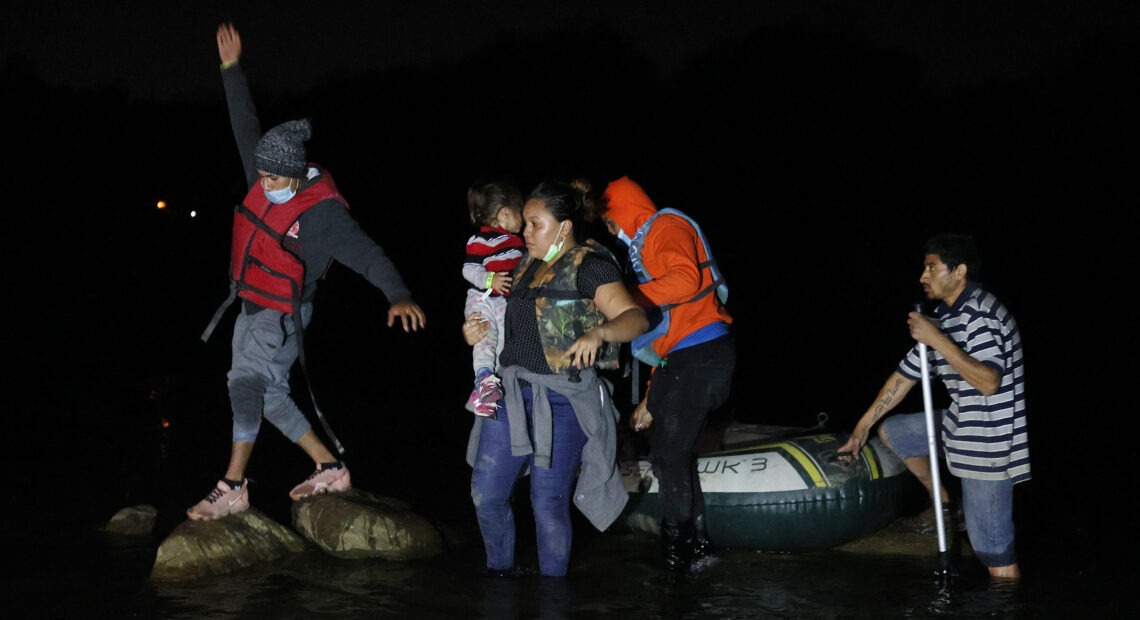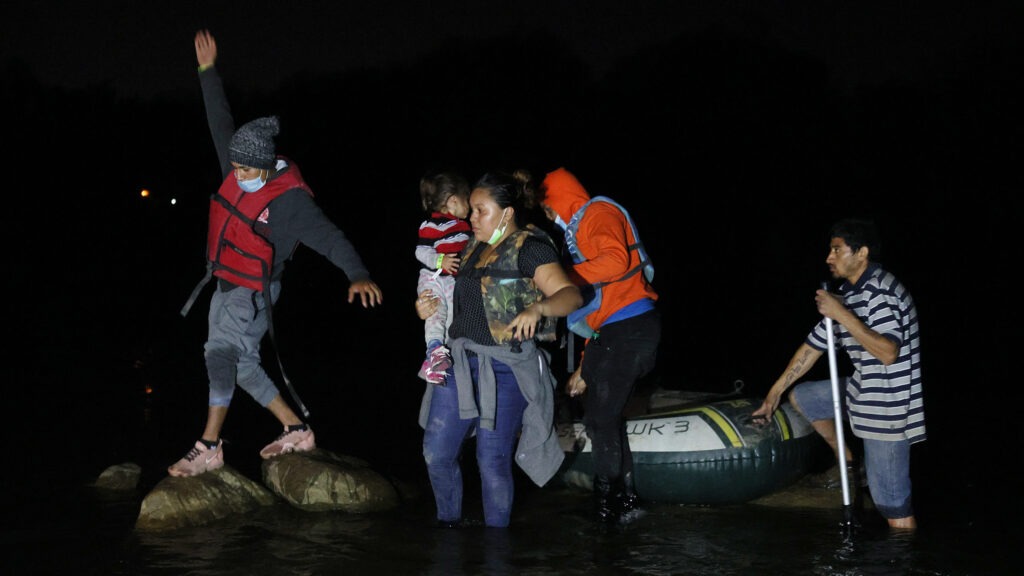
More Than 170,000 Migrants Taken Into Custody At Southwest Border In March, Highest In 15 Years
BY JOHN BURNETT & JOEL ROSE
More than 170,000 migrants were taken into custody at the Southwest border in March, the highest monthly total since at least 2006, according to U.S. Customs and Border Protection officials who have been briefed on the preliminary numbers but are not authorized to speak publicly.
The numbers are still being finalized and could change, the officials said. The number of migrants encountered at the border, including families as well as unaccompanied children and teenagers, has been increasing in recent months. In February, CBP reported more than 100,000 encounters.

A group of migrants from El Salvador arrives in Roma, Texas, after crossing the Rio Grande on March 30, 2021 in Roma, Texas. CREDIT: Joe Raedle/Getty Images
A CBP official also said Border Patrol agents have seen an increase in what they call “got aways,” or unauthorized immigrants who are detected crossing the border by surveillance cameras but who agents have not been able to apprehend.
The official, who was not authorized to speak publicly, said the number of “got aways” has risen to about 1,000 a day. Agents say they are being diverted from enforcement operations to process the rising number of migrants in custody.
Border Patrol facilities have been overwhelmed by the increase, and the Biden administration has been rushing to open new facilities to process the migrants. CBP announced Friday the opening of a 90,000-square-foot processing facility in Eagle Pass, Texas.
Children and teenagers arriving without their parents are being allowed into the U.S. But many of the migrants are being turned back under Title 42, the health order implemented by the Trump administration aimed at limiting the spread of the coronavirus, and some of the increase in recent months includes migrants crossing more than once.















